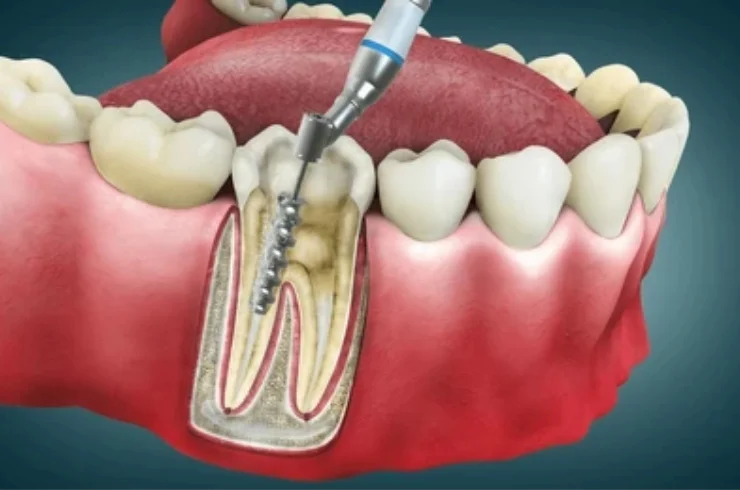
Root canal treatment is a dental procedure designed to save a tooth that is severely decayed, infected, or damaged. The treatment involves removing infected pulp, cleaning the root canals, and sealing them to prevent reinfection. This procedure eliminates pain and restores the function of the tooth, preventing the need for extraction.
A root canal is necessary when the soft tissue (pulp) inside the tooth becomes inflamed or infected due to:
✔ Deep cavities that reach the pulp and cause pain.
✔ Cracked or fractured teeth exposing the inner nerves.
✔ Repeated dental procedures that weaken the tooth.
✔ Trauma or injury causing damage to the nerve.
✅ Relieves Severe Tooth Pain – Eliminates discomfort caused by infection.
✅ Preserves Your Natural Tooth – Avoids extraction and maintains your smile.
✅ Prevents the Spread of Infection – Stops bacteria from affecting surrounding teeth and gums.
✅ Restores Normal Chewing Function – Strengthens the tooth for long-term use.
✅ Painless & Effective – Modern techniques make the procedure comfortable and highly successful.
1️⃣ Diagnosis & X-rays – The dentist examines the tooth and takes X-rays to determine the extent of infection.
2️⃣ Anesthesia & Pulp Removal – Local anesthesia is given, and the infected pulp is carefully removed.
3️⃣ Cleaning & Shaping – The root canals are cleaned, disinfected, and shaped for filling.
4️⃣ Filling & Sealing – A biocompatible material (gutta-percha) is used to seal the canals and prevent reinfection.
5️⃣ Crown Placement – A dental crown is placed over the treated tooth to protect and strengthen it.
✔ Severe toothache when chewing or applying pressure.
✔ Sensitivity to hot or cold that lingers.
✔ Swollen or tender gums around the affected tooth.
✔ Darkening or discoloration of the tooth.
✔ A persistent pimple-like bump on the gums.
🔹 Mild discomfort is normal and subsides in a few days.
🔹 Avoid chewing hard foods until the permanent crown is placed.
🔹 Maintain good oral hygiene and visit your dentist regularly.